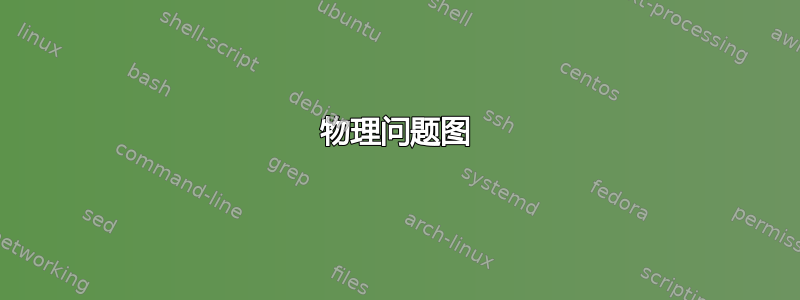
答案1
欢迎!是的,LaTeX 确实有绘制弧线的工具。
\documentclass[tikz,border=3mm]{standalone}
\usetikzlibrary{arrows.meta,bending,chains,decorations.markings}
\tikzset{%
attach arrow/.style={
decoration={
markings,
mark=at position 0 with {\pgfextra{%
\pgfmathsetmacro{\tmpArrowTime}{\pgfkeysvalueof{/tikz/arc arrow/length}/(\pgfdecoratedpathlength)}%
\xdef\tmpArrowTime{\tmpArrowTime}}},
mark=at position {#1-3*\tmpArrowTime} with {\coordinate(@1);},
mark=at position {#1-2*\tmpArrowTime} with {\coordinate(@2);},
mark=at position {#1-1*\tmpArrowTime} with {\coordinate(@3);},
mark=at position {#1+\tmpArrowTime/2} with {\coordinate(@4);
\draw[-{Stealth[length=\pgfkeysvalueof{/tikz/arc arrow/length},bend]}] plot[smooth]
coordinates {(@1) (@2) (@3) (@4)};},
},
postaction=decorate,
},
attach arrow/.default=0.5,
arc arrow/.cd,length/.initial=2mm,
}
\begin{document}
\begin{tikzpicture}[>={Stealth[bend]},thick]
\draw[help lines,step=5mm] (0,-5) grid (4,1);
\draw[->] (0,-5) -- (0,1) node[right]{$y$};
\draw[->] (-1,0) -- (4,0) node[below left]{$x$};
\draw[->] (0,0) -- (1,0) node[midway,above]{$v$};
\draw[attach arrow]
(0,0) node[draw,fill=white,inner sep=2pt,circle,label=below left:$O$]{}
arc[start angle=90,end angle=-90,radius=2]
node[circle,inner sep=1pt,fill,label=left:$P$]{};
\path (2.2,-3.5)
node[draw,double distance=1pt,inner sep=2pt,circle,label=below right:$B$]{};
\end{tikzpicture}
\end{document}
答案2
与@Schrödinger 的猫的回答类似,但不太复杂:
\documentclass[tikz,border=3mm]{standalone}
\usetikzlibrary{arrows.meta,
decorations.markings}
\begin{document}
\begin{tikzpicture}[
->-/.style = {decoration={markings,
mark=at position 0.5 with {\arrow{Stealth}}}, thick,
postaction={decorate}},
> = Stealth,
dot/.style = {circle, draw, fill=#1, inner sep=2pt}
]
\draw[->] (0,-5) -- (0,1) node[below left]{$y$};
\draw[->] (-1,0) -- (4,0) node[below left]{$x$};
\draw[very thin, dotted, step=5mm] (0,1) grid (4,-5);
\draw[thick,->] (0,0) -- node[above] {$v$} (1,0) ;
\draw[->-] (0,0) arc (90:-90:2);
%
\node[dot=white, label=below left:$O$] at (0,0) {};
\node[dot=black, label=left:$P$] at (0,-4) {};
\node[dot=white,double,label=below right:$B$] at (2,-3.5) {};
\end{tikzpicture}
\end{document}





